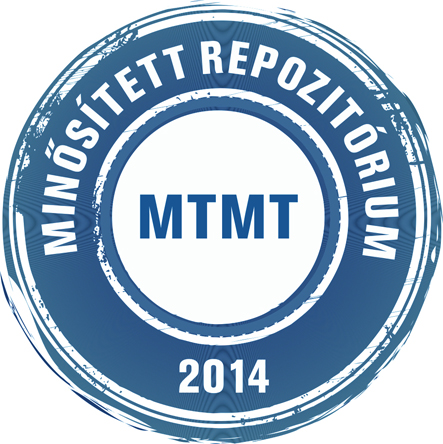Sebők Ferenc: Hadseregek Európában és Magyarországon a kései középkorban. In: Acta Universitatis Szegediensis : acta historica, (113). pp. 73-82. (2001)
Előnézet |
Cikk, tanulmány, mű
historica_113_073-082.pdf Letöltés (661kB) | Előnézet |
Absztrakt (kivonat)
This study seeks to assess the impact and consequences of the late medieval military revolution in Hungary. The number of soldiers in the contemporary Hungarian army was corresponding with that of the European powers. The mobilisation and deployment of armies in late medieval Europe overstrained the financial capabilities even of the leading powers. Hungary was not in a position to compete with the Ottoman Empire. The Hungarian military leadership sought to keep pace with the latest developments of military technique (growth of the number of footsoldiers, increase of firepower), but failed to realise the decay of the role of the heavy cavalry (or could not replace it with more effective methods). The logical outcome of these phenomena was the loss of the batde of Mohács in spite of the valour of the Hungarian warriors.
| Mű típusa: | Cikk, tanulmány, mű |
|---|---|
| Befoglaló folyóirat/kiadvány címe: | Acta Universitatis Szegediensis : acta historica |
| Dátum: | 2001 |
| Kötet: | 113 |
| ISSN: | 0324-6965 |
| Oldalak: | pp. 73-82 |
| Nyelv: | magyar |
| Befoglaló mű URL: | http://acta.bibl.u-szeged.hu/37145/ |
| Kulcsszavak: | Történelemtudomány, Hadtörténet |
| Megjegyzések: | Bibliogr. a lábjegyzetekben; Ismertetett mű: Ferenc Sebők: Armies in late medieval Europe and Hungary |
| Feltöltés dátuma: | 2016. okt. 15. 07:56 |
| Utolsó módosítás: | 2021. már. 03. 13:37 |
| URI: | http://acta.bibl.u-szeged.hu/id/eprint/2902 |
 |
Tétel nézet |



